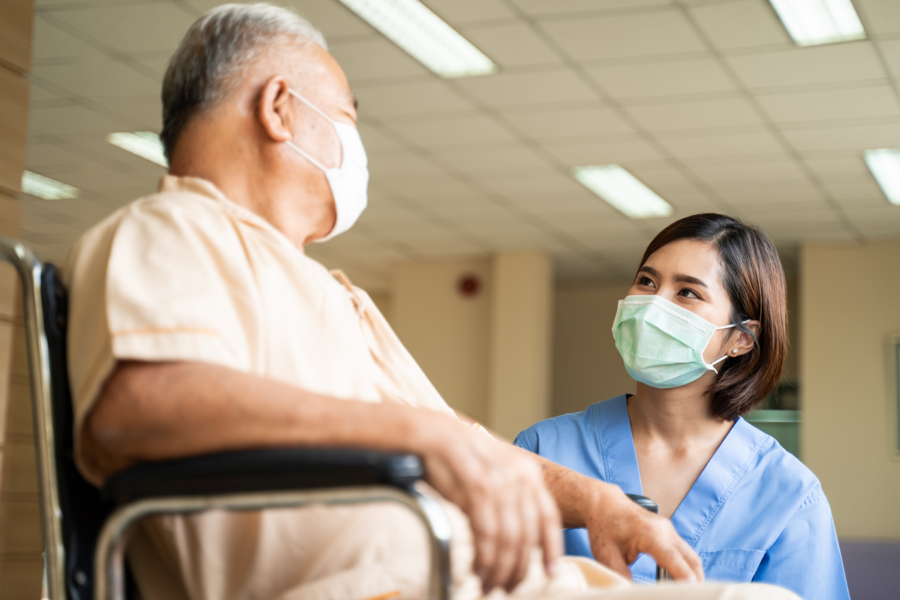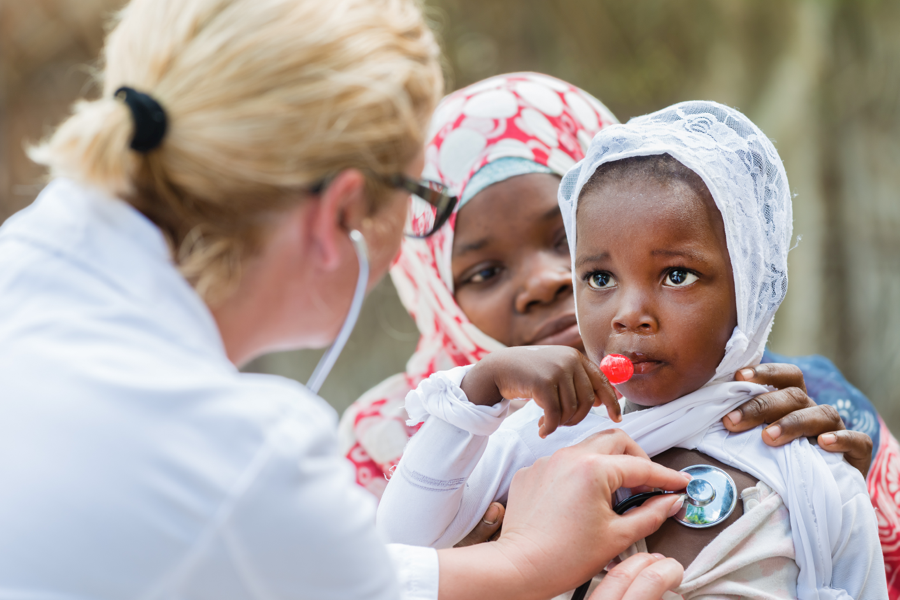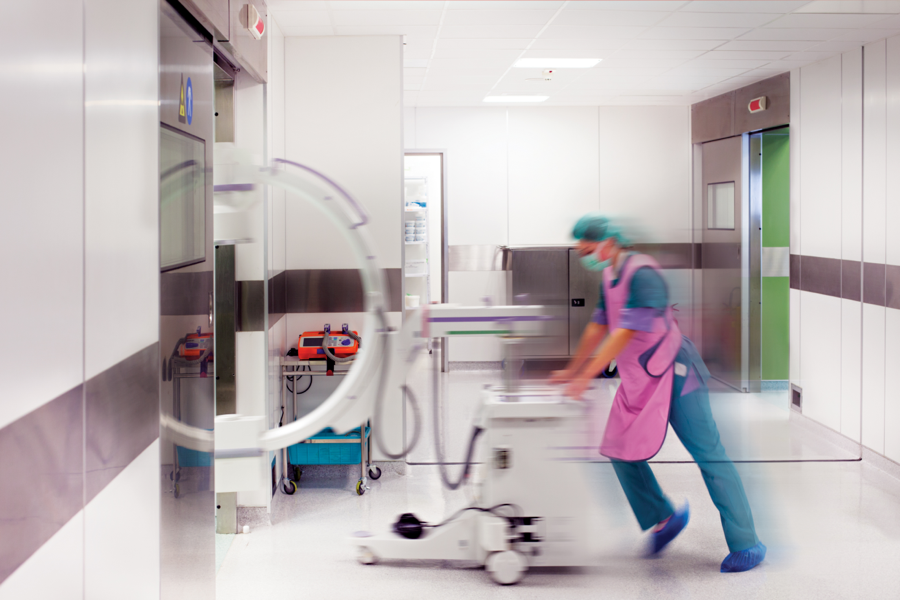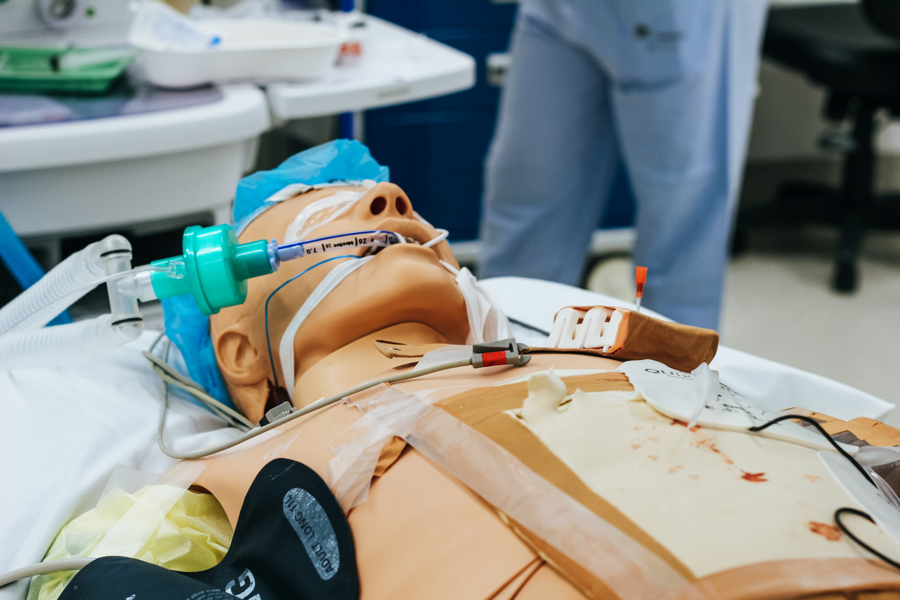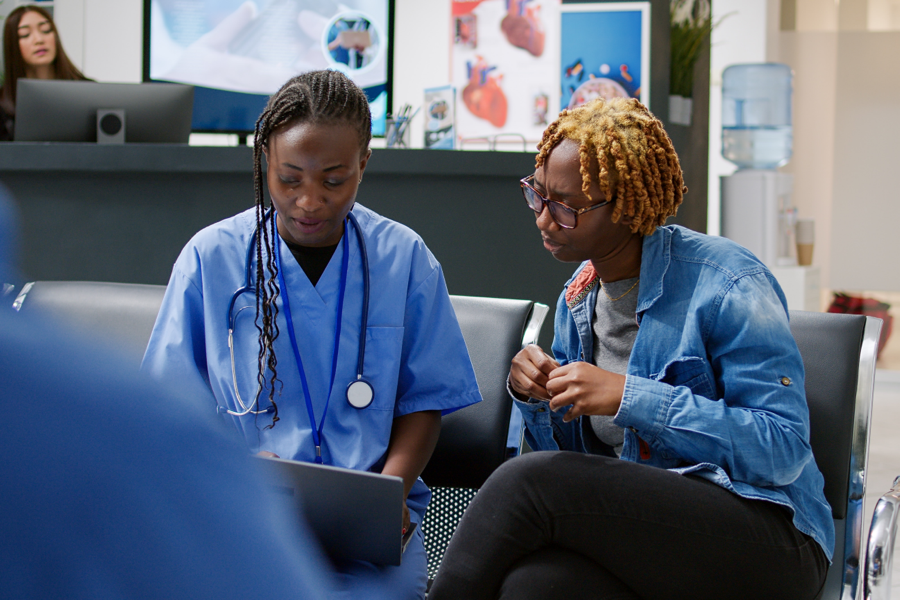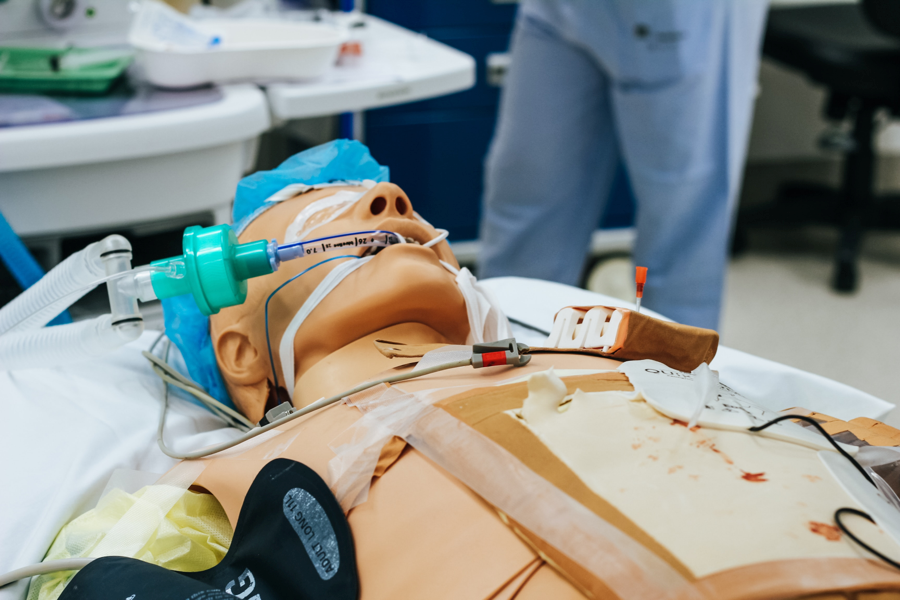
HIGHER EDUCATION
How Do Clinical Rotations Work in Online Nursing Schools?
-
 EveryNurse Staff
EveryNurse Staff
- Last Updated: 10/09/2022
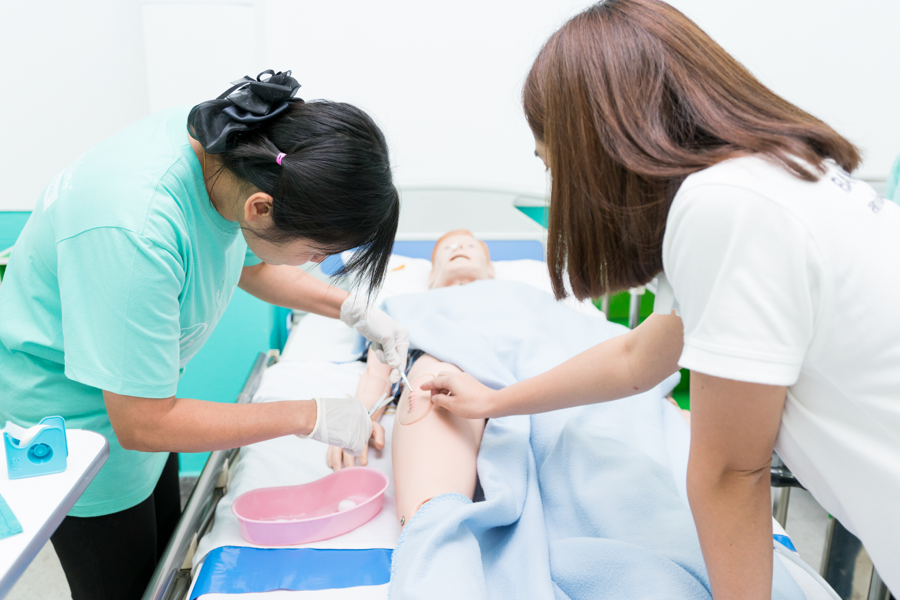
Earning clinical experience is a vital part of nursing education, whether you attend a brick-and-mortar school or an online nursing program. At traditional colleges, students complete their clinical rotations at hospitals, doctor’s offices, and other healthcare facilities near campus. This type of hands-on training allows them to work with patients and gain real-world experience in the field.
For online nursing students, clinical rotations present a unique challenge. Without a physical campus, these programs must find ways to provide students with the same opportunities for hands-on training. Many online schools have direct partnerships with local hospitals and other healthcare facilities in order to provide students with access to clinical rotations. Others may have arrangements with national healthcare organizations, which allow students to complete clinical training and on-site testing in a physical location at facilities across the country.
What to Expect in Nursing School Clinical Rotations
Nursing clinicals are supervised periods of hands-on training in which nursing students experience the daily work of a professional healthcare provider and practice nursing skills under the direction of a preceptor. A preceptor is a licensed clinician – typically a registered nurse with significant experience – who acts as a mentor during the clinical rotation, providing guidance and support to help students translate theoretical learning into real-world clinical practice.
The preceptor will guide students as they are introduced to general bedside care and complete various tasks and procedures, such as taking vital signs, administering medication, and providing wound care. Students will also have the opportunity to observe the daily processes of seasoned nurses by shadowing them during their shifts.
How Long Are Nursing Clinicals?
The length of clinical nursing rotations varies by school and program, but they typically last between 300 and 700 hours for a BSN degree and 500-1,000 hours for a Master’s degree, which equates to 120-140 hours per semester. Clinical shifts are scheduled several days a week and each shift will last somewhere between four and eight hours.
The overall duration of nursing clinicals will also depend on the nursing program you choose and the type of placement. Some students may be placed in a hospital, while others may rotate through different types of healthcare facilities, such as doctor’s offices, community health centers, nursing homes, and home health agencies.
Why Is Clinical Experience Important?
Clinical rotations are an essential part of nursing education because they provide students with opportunities to apply the knowledge and skills they have acquired in the classroom to real-world situations. This type of hands-on training allows students to gain confidence in their abilities, learn how to cope with the challenges of the job, and develop critical thinking and problem-solving skills.
Clinical placements present students with experiences and situations that they cannot get from reading a textbook, studying case studies, or attending lectures. Gaining quality clinical experience gives students an opportunity to build patient care skills and develop other soft skills, such as how to communicate effectively, manage time and resources, work as part of a team, and how various protocols and procedures are followed in a real healthcare setting.
How Do I Find an In-Person Clinical Site as an Online Nursing Student?
Students generally do not need to find their own clinical sites. Once you are accepted into a nursing program, your school will work with you to find an appropriate clinical placement that meets the requirements of your program. Schools either take on the responsibility of securing clinical placements for their students or provide guidance to help students find a placement on their own.
Simulation Labs and Technology-Based Solutions
To supplement in-person clinical experiences, some nursing programs make use of simulation laboratories. These on-campus facilities are equipped with high-tech mannequins that can be programmed to replicate a variety of scenarios, such as childbirth, trauma cases, and common medical emergencies.
Simulation labs provide students with opportunities to practice their skills in a safe and controlled environment. These advanced facilities allow students to gain experience with high-risk procedures, such as performing CPR, starting IVs, intubating patients, managing difficult airways, and working through difficult scenarios without putting patients at risk.
Technology-based solutions, such as virtual reality (VR) and augmented reality (AR), are also being used to enhance clinical experiences for nursing students. These immersive technologies place students in realistic simulations of clinical environments and allow them to interact with virtual patients.
How Is Clinical Training Assessed in an Online Program?
Nursing student competency assessments take place throughout the clinical experience. Nursing preceptors, school instructors, and clinical site faculty members will all play a role in evaluating a student’s progress and providing feedback.
There are several different types of assessments that may be used, such as oral presentations, written exams, skills checklists, direct observation, and patient care documentation. These assessments may take place weekly with instructors and administration who are in charge of clinical rotations and skills development, or at the end of each clinical rotation with the preceptor.



